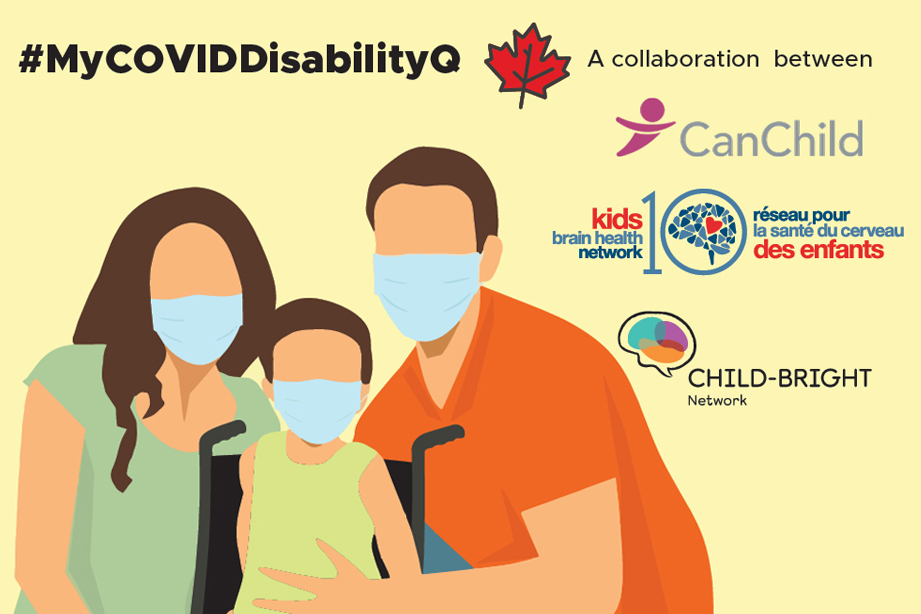My COVID Disability Q #15
June 29, 2020 | Uncategorized

https://kidsbrainhealth.ca/wp-content/uploads/2020/06/MyCOVIDDisabilityQ_question_015.jpg
Allison Pritchard Orr:
It’s always best to consult with a medical practitioner prior to any physical activity involvement for your child. Also, the number one priority is what does your child enjoy doing? What physical activities do you enjoy as a family and how can you involve your child? A great place to start is with expert advice. I would suggest you download the CSEP Activity Toolkit for 24-hour movement guidelines for parents of children or youth with disabilities. This toolkit is based on typically developing children as more research needs to be done on the specific needs of children with disabilities, but it includes some good ideas for light physical activities that only require a small amount of effort and moderate physical activities that can be either aerobic, muscle strengthening or bone strengthening activities.
For children with spastic quadriplegia, it is recommended that attention be paid to activities that will help with reducing the impact of some retained reflexes like the asymmetrical tonic neck reflex (ATNR) the symmetrical tonic neck reflex (STNR), tonic labyrinthine reflex (TLR- prone and supine) and the crossed extension reflex (Active Living Alliance). Reflex integration is an option for children with retained primitive reflexes (Bowden, 2019). It is best to contact a trained physiotherapist for suggestions here.
For less strenuous movement ideas, consider flexibility exercises, passive resistance stretching or passive range-of-motion activities (parents assist). For children with muscle spasticity, focus should be on strengthening extensor muscles with the goal to develop a balance between flexor and extensor muscles. “Floor climbing” is a fun option here utilizing contralateral body movement. A scooter board can be used for variety and fun.
Yoga is an enjoyable way to incorporate stretching with some poses that will help your child increase or decrease their muscle tone, improve breathing and enhance balance and bilateral coordination (Active Living Alliance for Canadians with a Disability www.ala.ca). Dance is also a good option. This can be done in any fashion, at any level- just let the music move you!
For strengthening activities; use any type of tubing for resistance. You can buy resistance bands at most department stores or buy online, or you can make your own by using bicycle inner tubes or surgical tubing. You can also play catch or paddle ball games together. Attach Velcro to lightweight paddles that can be purchased at a dollar store so your child can grasp the handle with support.
I would recommend these sites for additional information: Active Living Alliance for Canadians with a Disability www.ala.ca ; Canadian Disability Participation Project www.cdpp.ca ;Sport for Life Society https://sportforlife.ca/; ParticipACTION www.participACTION.com – Visit “150 Play List” and “Build Your Best Day!” webpages. The key is to make sure any activity you participate in with your child is first and foremost safe, fun and preferably one that will involve the family in ways that benefit everyone.
Read the discussion around this question on Twitter